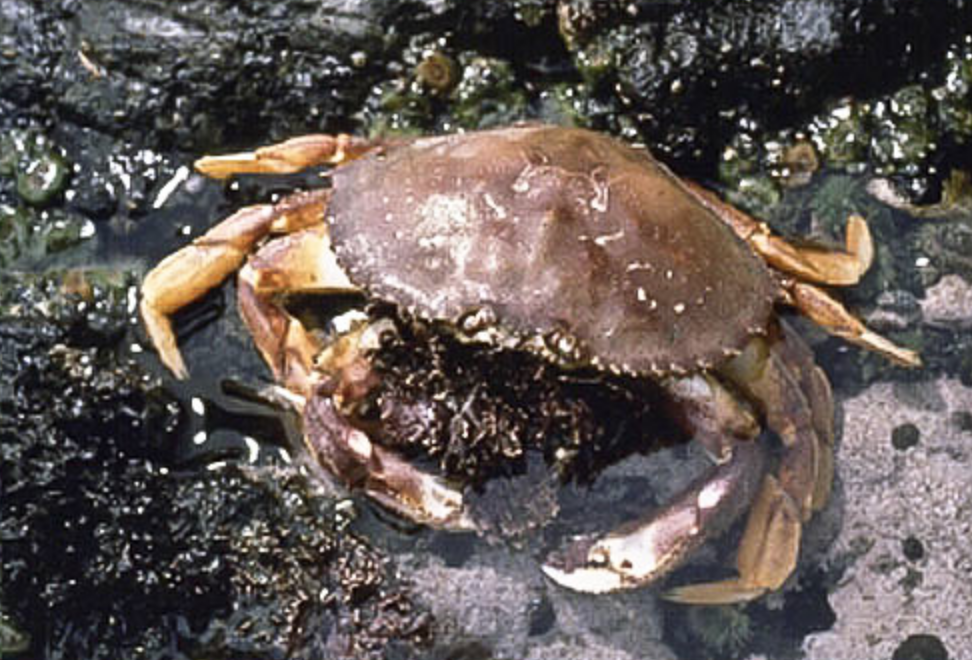The new year started off with a fizzle for West Coast and Alaska crab fisheries, with fleets in Oregon and Alaska striking for higher ex-vessel prices.
In Oregon, the Dungeness Dec. 1 opening was delayed in hopes that meat fill in the crabs would increase, and that levels of domoic acid would decrease in some of the test areas. Equally driving delays was the fleet’s effort of nudging processors’ offers closer to $4.75 per pound, like they started with in 2022, rather than the $2.25 per pound they offered in the advent of the 2023 season.
The official date of the opening had been moved to Jan. 15, with areas in Washington opening on Feb. 1, but many opted to stay tied to the docks in hopes that prices among processors would start closer to $4.
Solidarity in hedging for higher prices has always been difficult among various groups of fishermen, and on Jan. 13 a portion of the fleet broke the strike.
“In this fishery, if one community decides to go, the neighboring communities have no choice but to go, says Rob Seitz, a dungeness crab fisherman from Astoria. “And my neighbors decided to go.”
That sent boats along the Oregon coast racing for their favorite spots on Jan. 15. While brick-and-mortar processors held prices to $2.25, fishermen with live market agreements ended up getting upward of $3 per pound. In 2021 the crabbers went fishing at $2.75 but live market deliveries destined for China hit near $10 per pound, bumping the season’s average up to $4.96 for the season.
While the Bering Sea fleet weathers a total closure in its opilio fishery, Gulf of Alaska tanner biomass has seen a huge upswing and warranted a Guideline Harvest Level (GHL) of 7.3 million pounds for harvest areas around Kodiak and the Alaska Peninsula.
This year’s season opener had been set for Jan. 15, but like Oregon, fishermen opted to stay tied to the docks in protest of the $2.50 per pound that Kodiak processors had announced in the days before the season. Ex-vessel prices last year averaged around $8 per pound and historically hover around $4 per pound.
As of Jan. 17, the entire fleet of around 190 boats remained in solidarity, which is unprecedented in the history of crab price strikes in Kodiak; moreover other ports dotting the Gulf of Alaska side of the Alaska Peninsula.
“The entire fleet is tied up,” says Mark Stichert, area shellfish biologist, with the Alaska Department of Fish and Game in Kodiak. “That’s here in Kodiak and on the Alaska Peninsula. I’d say that’s quite unique.”
The trend toward higher ex-vessel prices on the West Coast and Alaska have been in response to a resurgence in market avenues following the pandemic and the absence of product coming from the Bering Sea. Live Dungeness shipped to China has been a price driver in Oregon, and frozen sections of tanner crab will find favor among domestic consumers as a replacement for the opilio.







